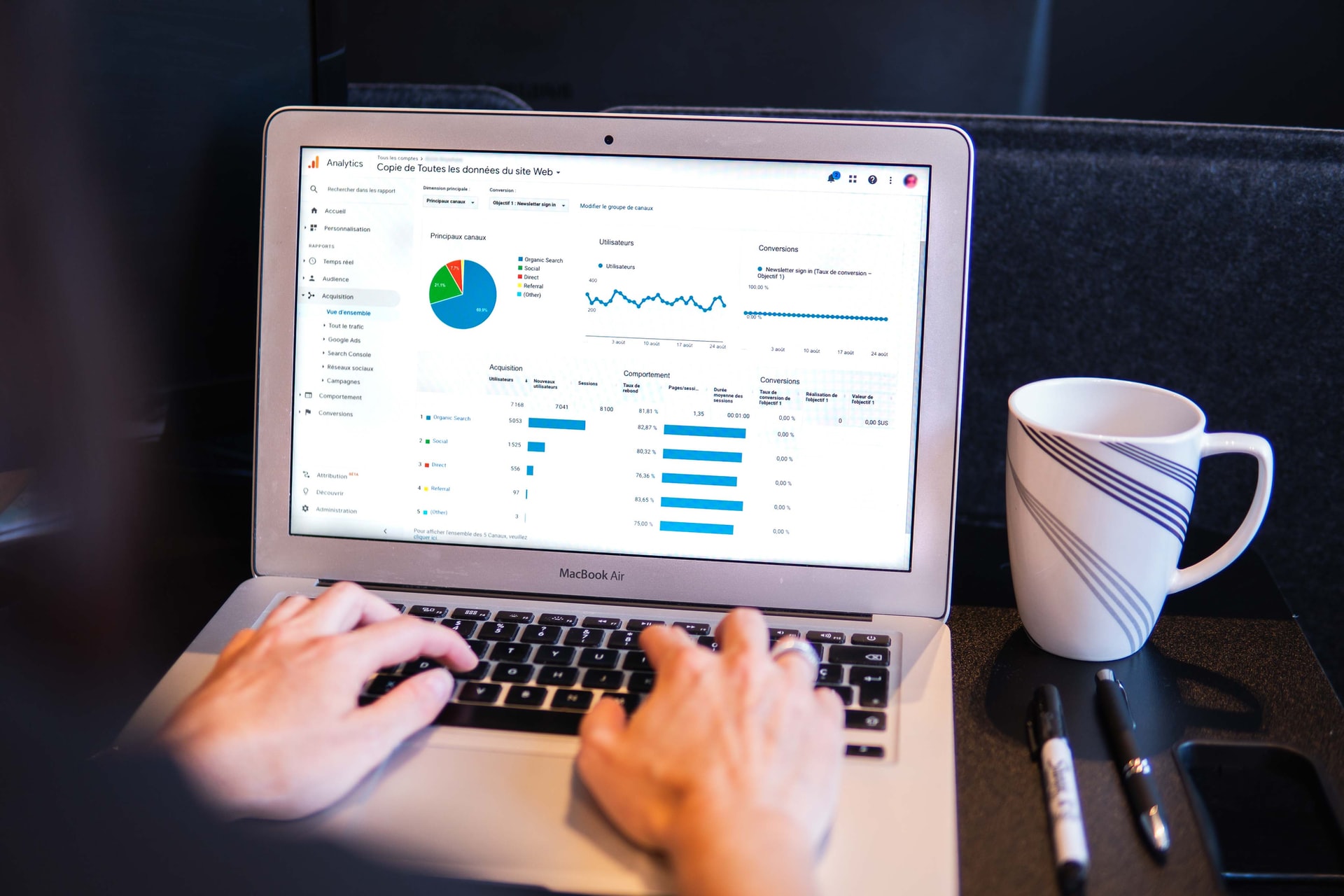Predictive analytics leverages the availability of big data and big data tools to make informed assessments of what is likely to happen in the future. Historical patterns and trends are used to build predictive models. Analysts today can build complex models today with numerous inputs to help improve the accuracy and reliability of predictive analytics.
Whereas predictive analytics is not a new area in business, several factors have led to an increase in its application in business in the last decade. First, the volume of data being collected has increased massively within a short time owing to smart devices and affordable internet access. In addition, computing power has also improved exponentially while the cost has reduced. Engineers are also building more friendly and easy-to-use software for analytics, allowing more businesspersons to apply the technology in their businesses. That non-technical people can use predictive analytics technology for business intelligence has led to greater competition in the market, further increasing the appetite for even more powerful computers and predictive models.
There are a lot of things a business can learn from predictive analytics if the correct data is collected. Here are five things businesses can learn.
The Right Customers to target during a Campaign
The efficiency in the use of the marketing budget can be the difference between two companies with the same amount to spend. With predictive analytics, analysts have been able to tell with great accuracy how customers will react to a marketing campaign. A good example would be a bank that creates a new product. Based on data such as age, income, frequency of transactions, number of products bought, marital status, account balances, and loans balance, the bank can tell which clients the product fits. The net effect is that marketing effort is spent on clients who are most likely to purchase the product.
Predictive tools can be so powerful if used correctly. In fact, businesses can keep track of how clients responded to previous campaigns, how many times agents contacted them before they agreed to purchase, and even the month or time of year that they made a purchase. All this can maximize the chances of conversion with each contact.
Churn Prevention Methods
Churn happens when existing customers cease using a company’s products. Big data can reveal important factors that could possibly be the cause of churn. These include the time of the year, incidents that occur during interactions with staff, quality of service, and so on. More importantly, it’s possible to build models to reveal what proactive measures can prevent churn. For instance, certain customers may need frequent engaging. In some cases, price offers can increase loyalty.
If a certain product is no longer being used, the business can investigate the reason. Is the price too high? Has the quality declined? Is a competitor offering a much more appealing alternative? Predictive analytics can help model the effect of different responses to what a competitor might be doing. The relationship between analytics and customer retention is quite extensive.
Fraud Risk Detection through Predictive Analytics
In the e-commerce and financial services sectors, the risk of fraud is always high. However, the volume of transactions is such that it is virtually impossible to look at every transaction as suspicious. It is therefore important to come up with a model to flag high-risk transactions for further scrutiny. Predictive analytics can be used in industries such as insurance to tell whether the risk of fraud in a particular class of claims is likely to increase.
Analysts can look at past claims and come up with factors to input in a model that will look at incoming claims and tell the company which claims need more investigations. In the banking sector, a similar approach can flag unusual transactions. The computing power available today makes it possible to monitor thousands of transactions every second, which helps to prevent crime.
Minimizing Default Risk in Commerce
How do businesses differentiate and decide on credit terms for each customer? Predictive analytics is a great answer. By creating models that take in important indicators such as borrowing history, purchase history, and value of the transaction, businesses can use credit as a tool to win more customers while keeping default risk at acceptable levels. Instead of having uniform terms for everyone, predictive analytics tools can prescribe the terms that protect the business based on the credit score of customers.
Improving Internal Operations
There are numerous areas where businesses can apply predictive analytics to improve internal operations. One such area is inventory control. A business can build a model that can predict significant bumps in demand based on historical data. Managers can make decisions on increasing or reducing inventory levels.
Predictive analytics can also project the effect of price changes on demand, based on the customer data the company has. This is useful in industries such as airlines where ticket sales can tilt significantly based on the set price. In the hotel industry, being able to predict the number of customers nightly can help prepare better and minimize resource wastage.
Wineries use predictive analytics to determine the quality of wine that will best fit their target customers. They use psycho-chemical tests to get sensory data from test participants. The data can help determine what specific taste is likely to lead to the best performance in the market. While the process is expensive and time-consuming, it is worth it in a multibillion-dollar industry such as that one.
Conclusion
Predictive analytics tools are a game-changer in any organization. The areas of application are virtually limitless if the data is collectible and statisticians build proper models. Predictive analytics can improve the impact of marketing efforts, streamline operations, minimize risk, and improve customer retention. If your organization is looking to leverage analytics, it’s important to work with the right partner to help you identify the right opportunities for application within your workflow. Check out Transcendent Software for further information on how your data can help you learn.

